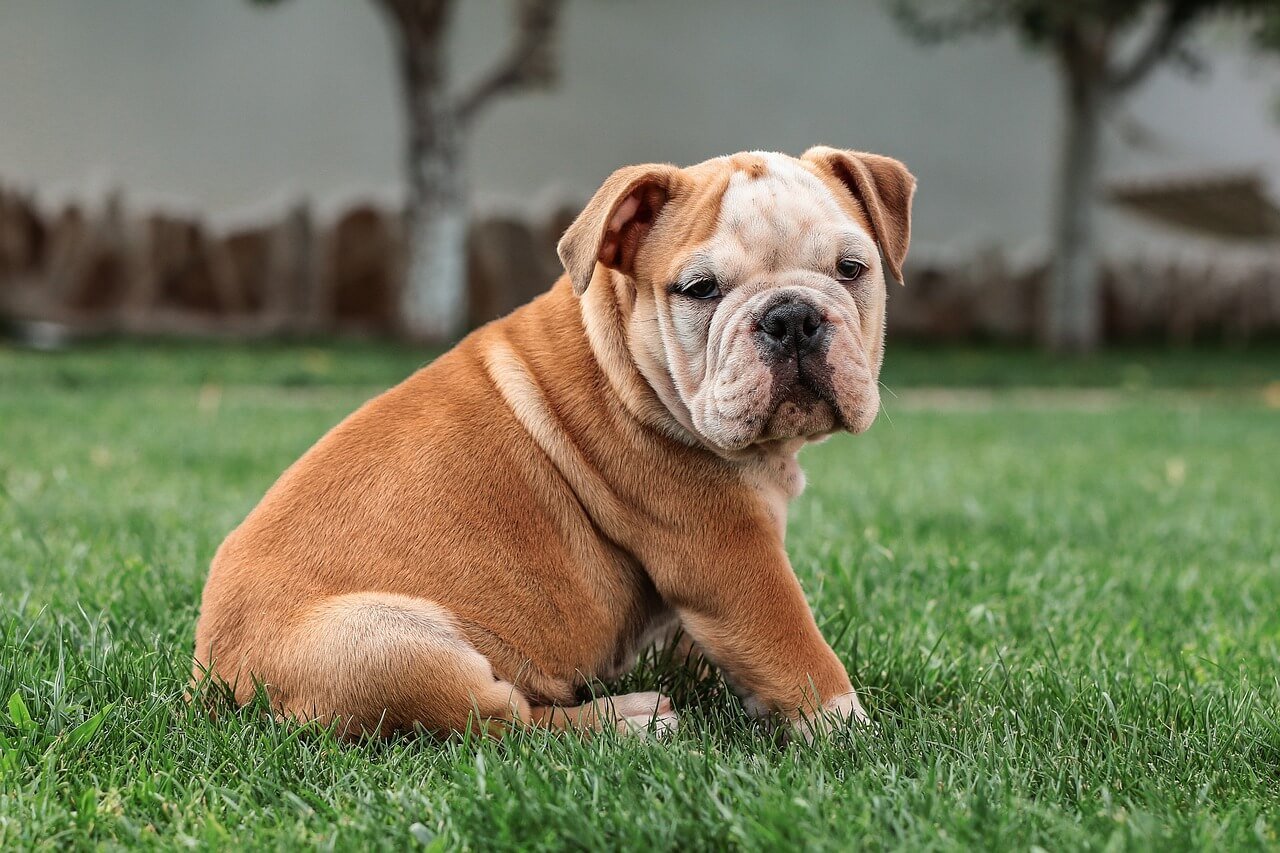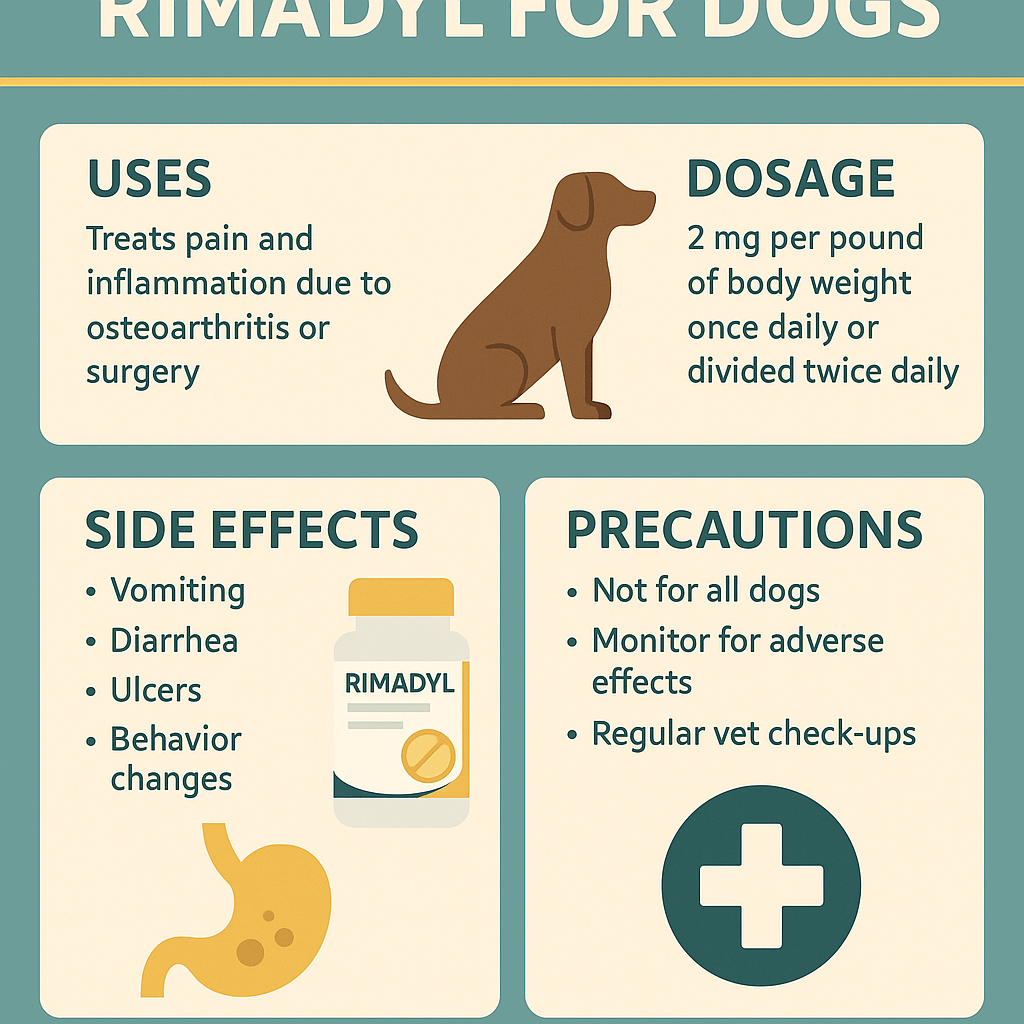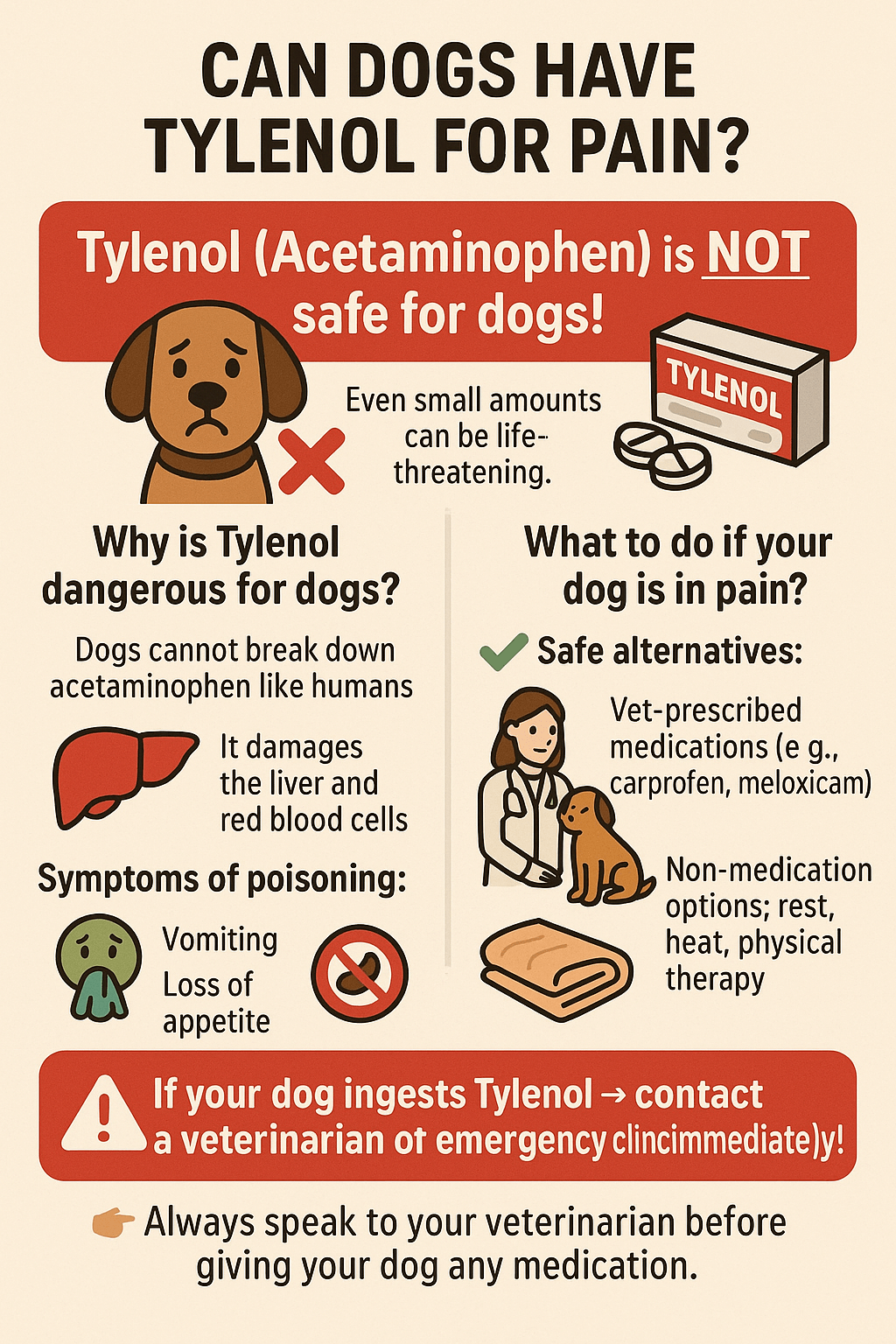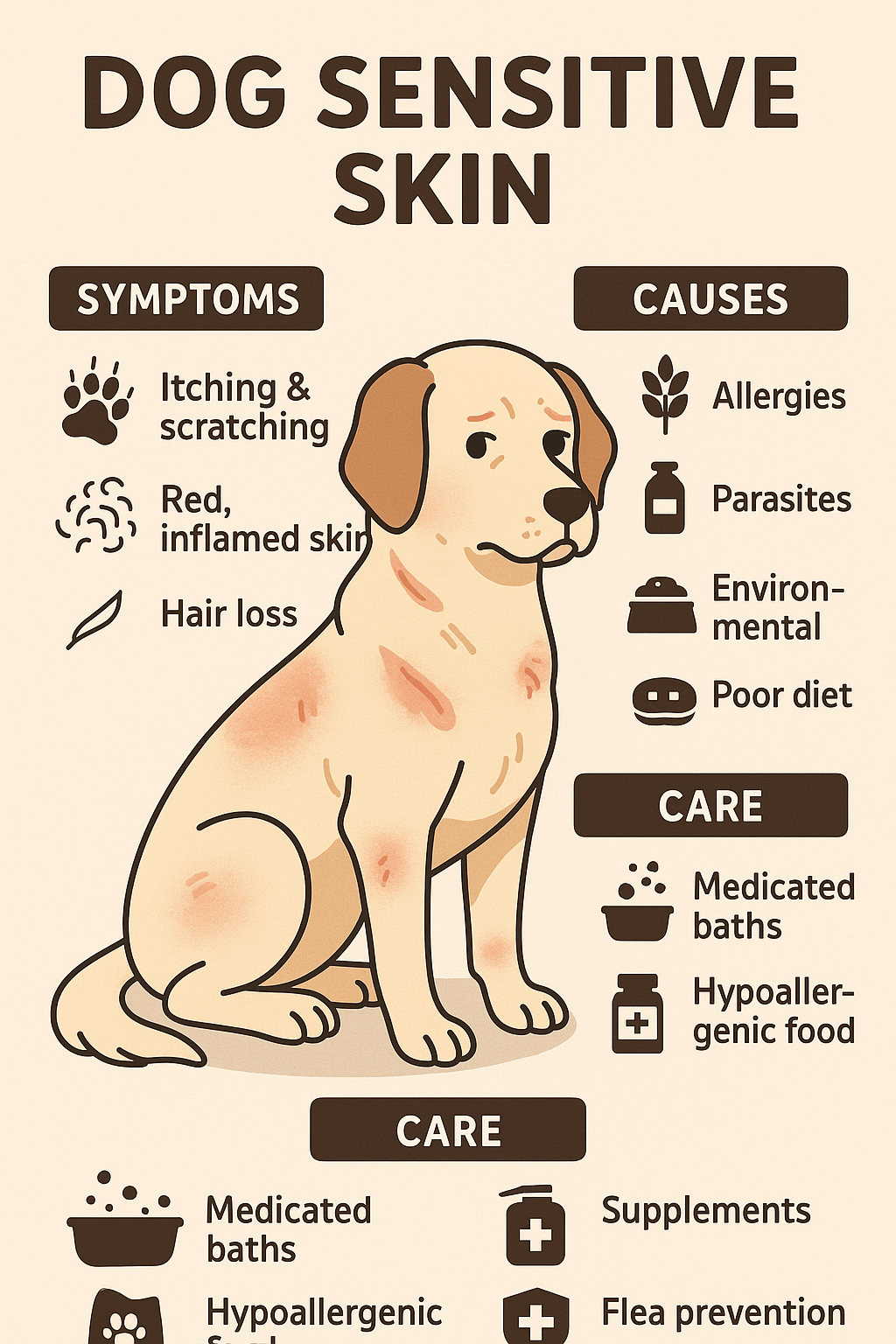How to Check for Fleas on Your Dog: A Comprehensive Guide
Fleas are one of the most common nuisances that pet owners face, and if left unchecked, they can cause discomfort, irritation, and even health issues for your furry friend. These tiny parasites thrive in warm environments and multiply rapidly, making it essential to detect and address them early. But how do you know if your dog has fleas? In this guide, we’ll walk you through simple yet effective methods to check for fleas on your dog, ensuring their comfort and well-being. Whether you’re a new pet owner or simply looking to refresh your knowledge, this article will equip you with all the tools you need to keep your dog flea-free.
Signs That Indicate Your Dog May Have Fleas
If you suspect your dog might have fleas, there are several telltale signs to look out for. Early detection is key to preventing an infestation, so familiarizing yourself with these symptoms can make all the difference. Here’s what to watch for:
- Excessive Scratching: If your dog is suddenly scratching more than usual, it could be a sign of fleas.
- Red, Irritated Skin: Flea bites often cause redness and irritation, especially around the neck, belly, or tail area.
- Hair Loss: Persistent scratching can lead to patches of hair loss.
- Visible Flea Dirt: Tiny black specks on your dog’s fur may indicate flea droppings.
- Restlessness or Behavioral Changes: Fleas can make your dog unusually restless or agitated.
By paying close attention to these signs, you can take proactive steps to confirm whether your dog has fleas and address the issue promptly. Remember, early intervention is crucial to prevent further complications.
Step-by-Step Guide to Checking for Fleas on Your Dog
Once you’ve noticed potential signs of fleas, it’s time to conduct a thorough check. This process doesn’t require any special tools—just patience and a keen eye. Follow these steps to inspect your dog effectively:
- Choose a Well-Lit Area: Natural light or a bright lamp will help you spot fleas and flea dirt more easily.
- Use a Fine-Toothed Comb: A flea comb is an excellent tool for detecting fleas and their waste.
- Inspect Key Areas: Focus on areas like the base of the tail, behind the ears, and under the collar, as fleas tend to congregate there.
- Look for Movement: Fleas are small, fast-moving insects, so keep an eye out for any quick movements in your dog’s fur.
- Check for Flea Dirt: Wet a paper towel and dab any black specks you find. If they turn reddish-brown, it’s flea dirt, confirming the presence of fleas.
By following these steps, you’ll be able to determine whether your dog has fleas and take appropriate action. Early detection ensures a quicker resolution and minimizes the risk of an infestation spreading.
Expert Opinion: The Importance of Early Flea Detection
“Early detection of fleas is crucial to preventing severe infestations and potential health complications for your pet,” says Dr. Emily Carter, a licensed veterinarian with over 15 years of experience. “Regular inspections and preventive care not only protect your dog but also ensure a healthier environment for your entire household.”
Check this guide 👉 4 Essential Dog Dewormer Tips for Ultimate Protection Now!
Check this guide 👉 Can Fleas Kill a Dog? Best 7 Expert Tips!
Check this guide 👉 What to Do If Your Dog Has Fleas: Best 7 Expert Tips!

What to Look For | Why It Matters |
|---|---|
Excessive scratching | Indicates potential flea bites |
Red, irritated skin | Shows allergic reactions to flea saliva |
Hair loss | Result of persistent scratching |
Visible flea dirt | Confirms presence of fleas |
Restlessness or agitation | Suggests discomfort caused by fleas |
Preventive Measures to Keep Fleas at Bay
Prevention is always better than cure when it comes to fleas. By implementing a few simple measures, you can significantly reduce the risk of a flea infestation. Here are some practical tips:
- Regular Grooming: Brush your dog’s coat frequently to remove debris and potential fleas.
- Wash Bedding Weekly: Clean your dog’s bedding and toys regularly to eliminate flea eggs or larvae.
- Vacuum Frequently: Vacuum carpets, rugs, and upholstery to pick up fleas and their eggs.
- Use Preventive Treatments: Consult your vet about flea prevention products like collars, sprays, or oral medications.
- Keep Your Yard Clean: Trim grass and remove debris to create an inhospitable environment for fleas.
By incorporating these habits into your routine, you can protect your dog from fleas and ensure a healthier living space for everyone.
What to Do If You Find Fleas on Your Dog
Discovering fleas on your dog can be stressful, but don’t panic—there are effective ways to address the problem. Here’s what you should do next:
- Bathe Your Dog: Use a gentle flea shampoo to kill fleas and soothe irritated skin.
- Treat Your Home: Wash all fabrics your dog has come into contact with, including blankets and cushions.
- Apply Flea Treatment: Use vet-recommended treatments to eliminate existing fleas and prevent future infestations.
- Consult Your Veterinarian: Seek professional advice if the infestation is severe or if your dog shows signs of illness.
- Monitor Progress: Keep checking your dog regularly to ensure the fleas are gone.
Taking these steps will help you regain control of the situation and restore your dog’s comfort. Remember, consistency is key to completely eradicating fleas.
Why Knowing the Flea Lifecycle is Important
Understanding the flea lifecycle can help you combat infestations more effectively. Fleas go through four distinct stages: egg, larva, pupa, and adult. Each stage requires specific conditions to thrive, making it easier to break the cycle if you know what to target. Here’s a breakdown of the lifecycle:
- Eggs: Fleas lay eggs on your pet, which then fall off into the environment.
- Larvae: These tiny worm-like creatures feed on organic debris and flea dirt.
- Pupa: Larvae spin cocoons and develop into adult fleas within days or weeks.
- Adults: Fully developed fleas emerge and seek a host to feed on.
By understanding this process, you can take targeted actions to disrupt their lifecycle. For example, vacuuming removes eggs and larvae, while treatments focus on killing adult fleas. Knowledge truly is power when it comes to flea control.
Exploring Natural Ways to Combat Fleas
If you prefer natural solutions, there are several remedies that can help manage fleas without harsh chemicals. While these methods may not completely eradicate severe infestations, they can complement other treatments and reduce reliance on synthetic products. Consider the following options:
- Apple Cider Vinegar Spray: Mix with water and spray on your dog’s coat to repel fleas naturally.
- Diatomaceous Earth: Sprinkle this fine powder in your home to dehydrate fleas and their eggs.
- Herbal Shampoos: Use shampoos containing ingredients like neem oil or rosemary to soothe and cleanse.
- Essential Oils (Pet-Safe): Certain oils like lavender or cedarwood can deter fleas when diluted properly.
- Regular Brushing: A flea comb paired with natural repellents can keep fleas at bay.
While natural remedies can be effective, always consult your vet before trying new treatments, especially if your dog has sensitive skin or health issues. Combining natural methods with professional advice ensures the best results.
Debunking Myths About Fleas
There are many misconceptions about fleas that can lead to ineffective treatment or unnecessary stress. Clearing up these myths helps you make informed decisions about flea control. Here are some common misunderstandings:
- Myth: Fleas only live on pets.
- Reality: Fleas spend most of their lifecycle in the environment, not on your dog.
- Myth: Fleas die off in winter.
- Reality: Fleas can survive indoors year-round, especially in heated homes.
- Myth: Only dirty homes get fleas.
- Reality: Fleas can infest any home, regardless of cleanliness.
- Myth: Flea collars alone solve the problem.
- Reality: Collars may help but often need to be combined with other treatments for full effectiveness.
- Myth: Fleas are just a nuisance, not a health risk.
- Reality: Fleas can transmit diseases and cause severe allergic reactions in pets.
By separating fact from fiction, you can approach flea control with confidence and avoid wasting time on ineffective solutions. Knowledge empowers you to protect your dog and home effectively.
FAQ
How do dogs get fleas?
Dogs typically pick up fleas from outdoor environments, other animals, or infested bedding.
Can fleas harm my dog?
Yes, fleas can cause skin irritation, allergies, and even transmit diseases like tapeworms.
How often should I check my dog for fleas?
It’s a good idea to check your dog weekly, especially during warmer months when fleas are more active.
Are flea collars effective?
Flea collars can be effective if used correctly, but their efficacy varies depending on the brand and type.
Can humans get fleas from dogs?
While fleas prefer animals, they can bite humans and cause itching or irritation.
Stay Vigilant: Your Dog’s Comfort Depends on You
Checking for fleas on your dog is not just a chore—it’s an essential part of responsible pet ownership. By staying vigilant and addressing any signs of fleas promptly, you can ensure your dog remains happy, healthy, and itch-free. Remember, prevention and early detection are your best allies in the fight against fleas. With the tips and insights shared in this guide, you’re now equipped to tackle fleas head-on and provide your furry companion with the care they deserve. After all, a flea-free dog is a happy dog!
Rimadyl for Dogs: Best 7 Expert Tips! Discover expert advice on using Rimadyl safely, managing pain, and improving your dog’s mobility with trusted veterinary insights.
Can Dogs Have Tylenol for Pain? Best 7 Expert Tips! Discover the risks, safe alternatives, and expert advice on managing your dog’s pain effectively while avoiding harmful medications.
Understanding Hemophilia in Dogs: Best 7 Expert Tips! Discover expert advice on managing hemophilia, recognizing symptoms, and ensuring your dog’s well-being with practical care strategies.
Understanding Dog Sensitive Skin: Best 7 Expert Tips! Discover expert advice on managing dog sensitive skin, relieving irritation, and improving your pup’s comfort with practical solutions.





